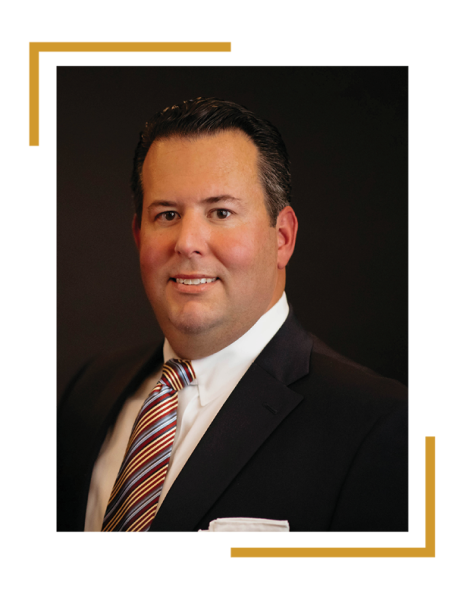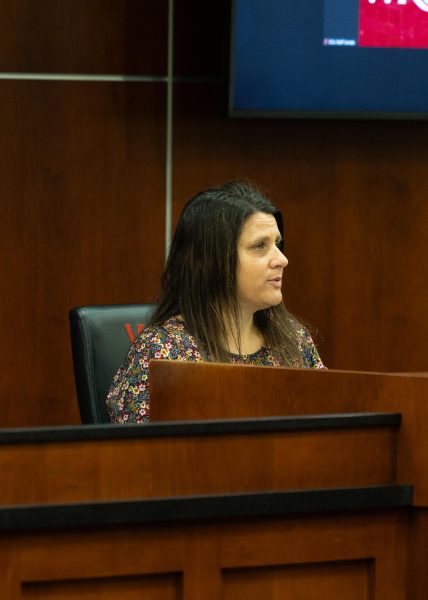University faces revenue shortfall
March 7, 2017
Approximately $6.5 million is needed to balance the university budget by the fiscal year end, according to an email President Gary Ransdell sent to WKU faculty and staff Friday afternoon.
“…We are able to zero in on the degree to which we will need to reallocate funds to cover the tuition revenue shortfall,” Ransdell wrote in the email. “Our fall collections were approximately three percent short of the budget estimate. Spring numbers project to be about five percent short of the budget estimate.”
Nearly $163 million is budgeted for expected revenue from fall and spring tuition, according to WKU’s operating budget. However, Ann Mead, vice president of finance and administration, said actual tuition revenue from the year is expected to cover only 96 percent of this budgeted amount, leaving a shortfall of 4 percent, or $6.5 million.
In his email, Ransdell mentioned 1,000 students who collectively owe the university $2.9 million. This amount is not included in the $6.5 million; the $2.9 million has been billed to students for university fees not including tuition. The $6.5 million shortfall is not a result of students failing to pay bills but of the billed amount not meeting the budget.
“There is a lot of uncertainty when you’re trying to project human behavior, and that’s what we’re doing,” Mead said. “We’re projecting whether students will return, we’re projecting whether they’ll enroll, whether they’ll be full time, part time; you know, there’s a lot of variables in this.”
While there was an increase in total WKU enrollment this year, that increase came from high school dual credit enrollment. There was a decrease in students not enrolled in dual credit, causing a decrease in revenue.
Fall 2016 enrollment increased by 209 students since the Fall 2015 semester. However, this increase came from dual credit enrollment, which does not produce revenue, as Ransdell pointed out in his email. According to a report from WKU Enrollment, dual credit enrollment increased by nearly 500, and the number of students not enrolled in dual credit decreased by 280.
In the email, Ransdell wrote WKU’s “historic practice of building the coming year’s budget based on the current year’s enrollment is no longer a stable budgeting practice.”
Mead said this year’s budget shortfall is the largest it has been in recent years. Last year, the budget was 1.6 percent short; the previous year saw a budget 0.5 percent short.
Ransdell said in his email that the Administrative Council has been advised to withhold spending of carry forward funds, which are unspent amounts from individual budgets that have typically been returned to the university divisions from which they came, in compliance with WKU’s carry forward policy.
In an email to the Herald, Ransdell said one time funds captured from carry forward amounts by year end will accrue centrally to balance the revenue shortfall.
To cover the shortfall, Mead said she is currently in the process of identifying one-time funds that may be applied to the shortfall.
“To give you an example of a one-time source, I’m looking to see if all our institutional scholarships that we budgeted were in fact allocated,” Mead said. “If they weren’t allocated then there’s some one-time money we might be able to use.”
In the email to faculty and staff, Ransdell also addressed the uncertainty surrounding next year’s tuition increase, set by the Council on Postsecondary Education.
“We are projecting a 3 percent resident undergraduate increase in order to manage our fixed costs increases,” he wrote. “We will know this key variable of the budget process by late March.”
Ransdell ended the email “on a more positive note,” saying much has been done this year to improve student retention and that “efforts to engage the entire campus are ongoing.”
Ransdell also referred to the new Performance Funding Model currently moving through the Kentucky General Assembly, which would cause state appropriation for higher education to be distributed based on measured performance.
In his email to the Herald, Ransdell said his “reason for optimism is that WKU performs well within the agreed upon metrics,” meaning WKU’s percentage of higher education appropriation “will increase modestly” when the model goes into effect.
Ransdell said he is working with the Administrative Council to offset the shortfall and should be able to finalize the “budget balancing plan” by the end of this month.
Reporter Emma Austin can be reached at (270) 745-0655 and [email protected].























